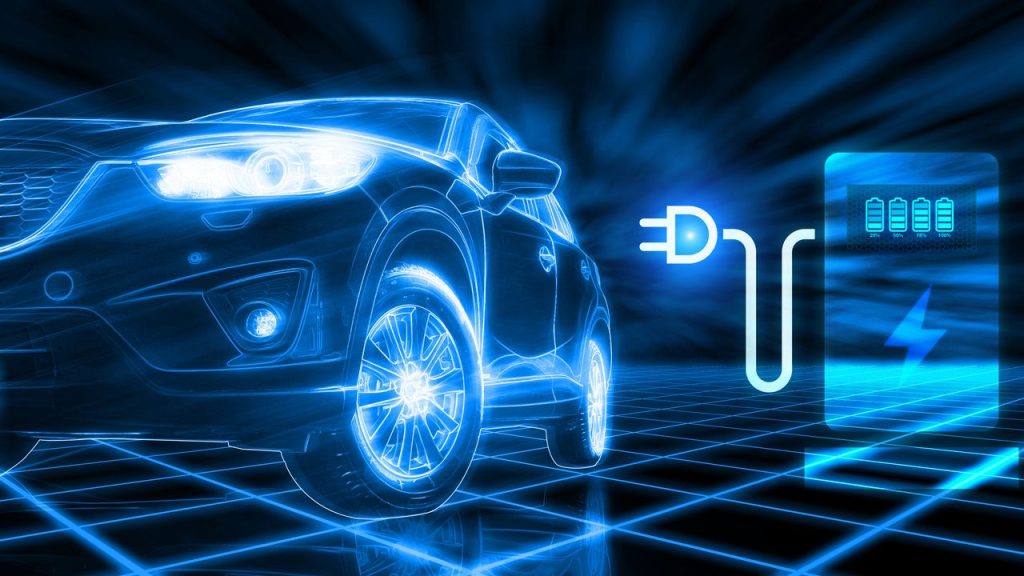Electric Vehicle Charging Infrastructure: The Key to a Sustainable Future
As the world moves towards a greener and more sustainable future, electric vehicles (EVs) have gained significant traction. With zero tailpipe emissions and reduced dependence on fossil fuels, EVs are becoming increasingly popular among environmentally conscious consumers. However, the widespread adoption of electric vehicles is heavily reliant on the development of a robust charging infrastructure.
The Importance of Charging Infrastructure Development
One of the main challenges faced by EV owners is the availability and accessibility of charging stations. Unlike traditional gasoline-powered vehicles, EVs require regular charging to ensure optimal performance and range. To address this issue, governments, automakers, and technology companies are investing heavily in the development of charging infrastructure.
Charging infrastructure development involves the installation of charging stations at strategic locations such as residential areas, workplaces, shopping centers, and along highways. These charging stations provide EV owners with a convenient and reliable means of recharging their vehicles.
Charging Connectors: The Lifeline of Electric Vehicles
Charging connectors play a crucial role in the charging process, as they establish a secure connection between the EV and the charging station. There are several types of charging connectors available, each with its own set of charging standards.
The most common charging connectors include:
- CHAdeMO: Developed by Japanese automakers, this connector is widely used in Asia and supports both fast and slow charging.
- CCS (Combined Charging System): This connector is widely adopted in Europe and North America, offering both AC and DC charging capabilities.
- Tesla Supercharger: Exclusive to Tesla vehicles, this connector provides high-speed charging for Tesla owners.
Standardization of charging connectors is crucial to ensure interoperability and convenience for EV owners. The International Electrotechnical Commission (IEC) and other regulatory bodies are working towards establishing global charging standards to facilitate seamless charging experiences across different regions.
The Future of Electric Vehicle Charging
With the rapid growth of the electric vehicle market, the future of charging infrastructure looks promising. Governments around the world are implementing policies and incentives to encourage the installation of charging stations. Additionally, automakers are collaborating with charging network operators to expand the charging infrastructure and improve the overall charging experience.
Wireless charging technology is also gaining traction in the EV industry. This innovative solution eliminates the need for physical connectors, allowing EVs to charge simply by parking over a charging pad. While wireless charging is still in its early stages, it has the potential to revolutionize the way we charge electric vehicles.
The Benefits of a Robust Charging Infrastructure
A well-developed charging infrastructure offers numerous benefits for EV owners and the environment. Some of the key advantages include:
- Convenience: A widespread charging network ensures that EV owners have access to charging stations wherever they go, eliminating range anxiety.
- Reduced Emissions: By encouraging the use of electric vehicles, a robust charging infrastructure helps reduce greenhouse gas emissions and improve air quality.
- Lower Operating Costs: Charging an electric vehicle is generally cheaper than refueling a gasoline-powered car, resulting in cost savings for EV owners.
- Job Creation: The development and maintenance of charging infrastructure create new job opportunities, contributing to economic growth.
In Conclusion
The development of a reliable and widespread electric vehicle charging infrastructure is crucial for the mass adoption of electric vehicles. With the support of governments, automakers, and technology companies, the future of charging infrastructure looks promising. By standardizing charging connectors and expanding the charging network, we can pave the way for a sustainable future powered by electric vehicles.


